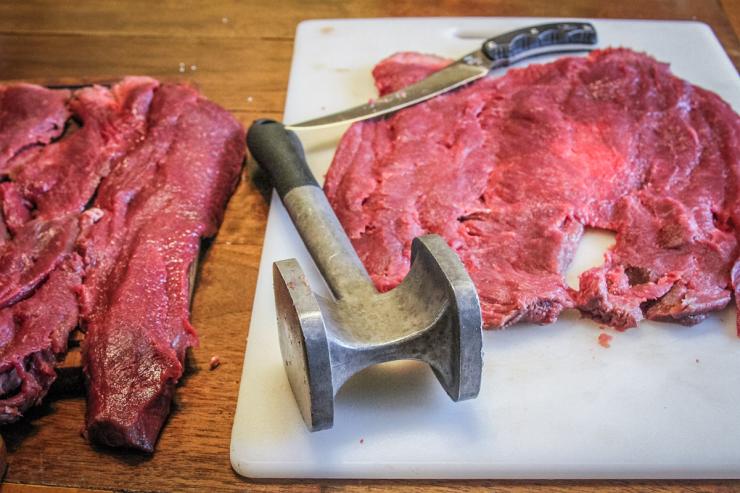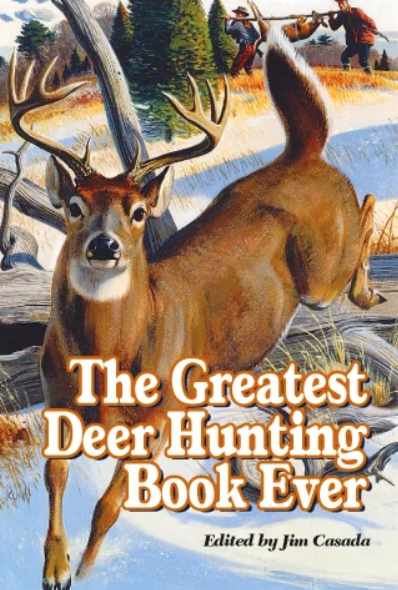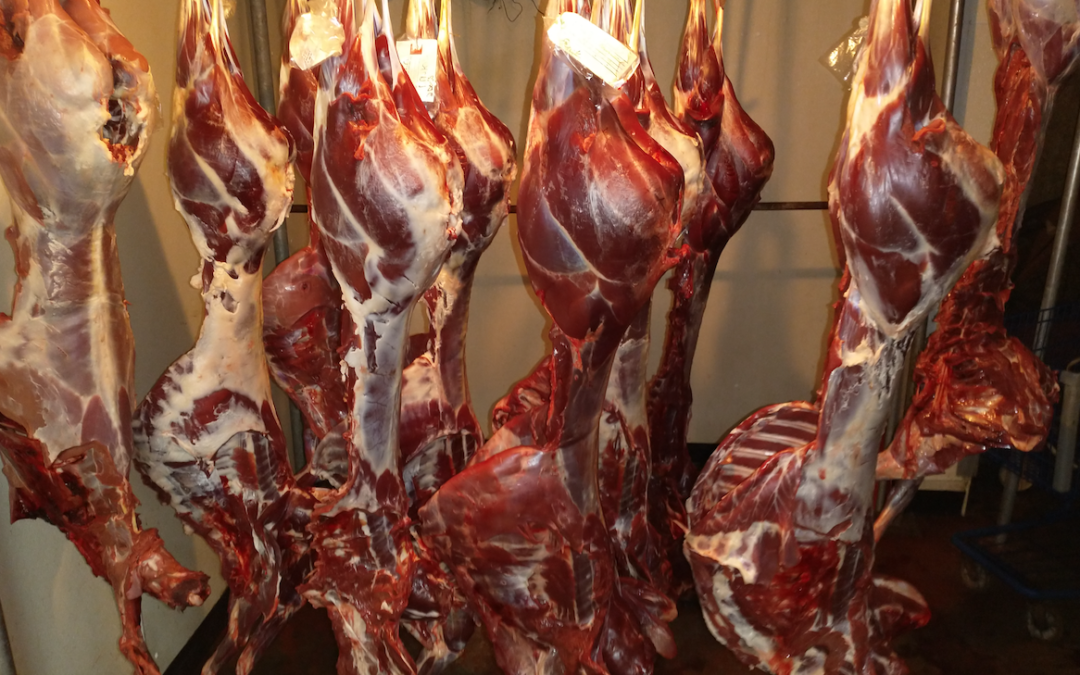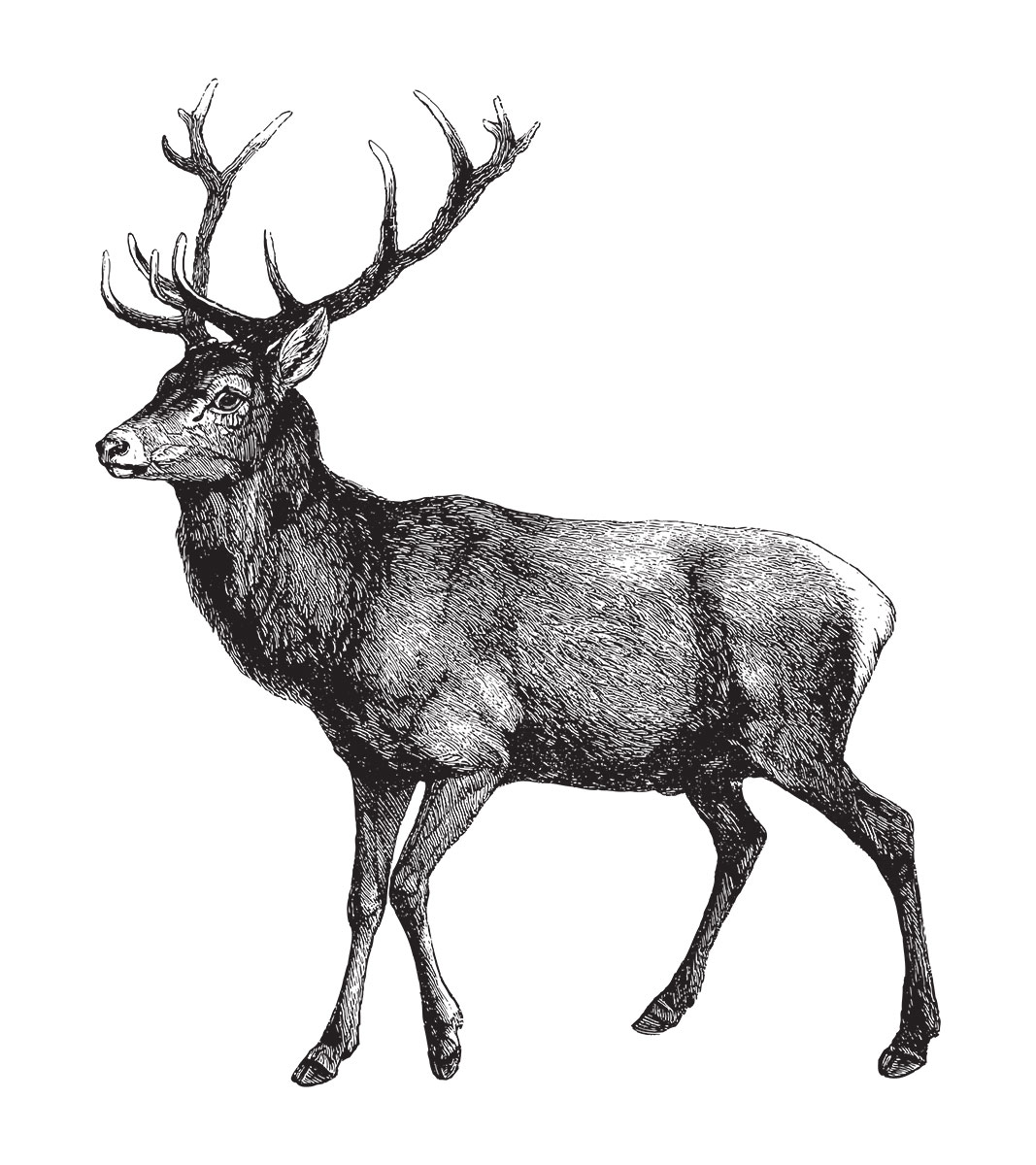Some of this may sting a little, but these tips could help improve the way you handle your harvests, the venison you put on the table and may even help improve relations with your favorite deer processor.
Like most struggling writers, I have often been forced to seek honest work to support my writing habit. My early years found me swinging a hammer, working on a farm, in a factory and even as a meat cutter – all blue collar professions that I am proud of and have helped make me the man I am today. For the past 20-plus years, however, I have been in a unique position to help my fellow deer hunters and share some insight: I have worked for a deer processor in my spare time.
From skinning in my younger years, to cutting, processing and learning the art of making fine wild game sausage and smoked meat, I have met hundreds of hunters from several states – and helped serve up the “spoils” of their hunts. Needless to say, I have learned a great deal about deer and the people who stalk them.
So it is with great love and candid honesty, my brothers and sisters of the Deer Tribe, that I share with you this inside knowledge. Some of this may sting a little, but these tips could help improve the way you handle your harvests as well as the venison you put on the table, and may even help improve relations with your favorite deer processor. Here are my observations and advice, in no particular order.
- Think about what you are going to do with that deer even before you pull the trigger. Many of us spend days, weeks or even months planning and preparing to bring down that giant buck, but little thought to what we will need to do after the fact. For example, is your local deer processor open and accepting deer? Are you hunting on Thanksgiving or Christmas Day? Might want to double check with your local deer processor to make sure they aren’t closed for the holiday, otherwise it’s all you, buddy.
- Get a clean shot. Let’s face it: some of us are better shots than others. And you and I both know that a lot of factors come into play that might result in a bad shot: adrenaline, poor light, movement, a damaged scope, that gas station burrito you had for breakfast. But the biggest problem that deer processors contend with are gut-shot deer and ham-shot deer. Not only does this waste a lot of meat for you, the feces contamination factor is greater.
If you can’t help it, fine, we totally understand. We have all done the same thing and we’ve all made bad shots. But if you are just shooting off the hip Wild West style – well, let’s go spend some time at the shooting range, Dead Eye.
- Get help hauling your deer. On a related note: we understand that some of you might be killing these deer in dense swampland or high mountain passes, and you may have to manually extract them, which is a nice way of saying drag until you are out of breath and suffering from cardiac arrest. Some of you may even go gung ho and field dress your deer before dragging him through a mile of muddy swamp. There has to be a better way, fellow hunter. Invest in some equipment to help you haul that deer? A strong buddy?
Some of the deer I’ve seen are covered with feces, dirt, mud, leaves, blood, dog bites and drool and God knows what else. If your deer looks like it was the victim of some kind of violent hate crime, you might want to find a garden hose and a crime scene investigator somewhere before you ask your local deer pro to turn that into food for you.
- Know your guy’s business hours. If the sign says Bubba’s Deer Emporium closes at 9 p.m., don’t show up at a quarter ‘til midnight blowing your horn and beating on Bubba’s locked door. His wife might be a better shot than you are.
- Keep it cold. Gentlemen, ladies, I know that you are proud of that big buck, but can we not ride it around in the back of the truck all day, showing it off to all your friends at the lodge, until it swells up like a kid’s party balloon? It often gets relatively warm in the South during winter, and unless the temps are below freezing you might want to get that deer to a cold place quickly.

Remember, this venison is going on your family’s table, and it should be the best.
On more than one occasion, I have seen a deer processor turn down a deer, or even end up having to discard it later, because it was spoiled before it got on the cutting table. A good deer processor isn’t afraid to look you in the eye and say, “I wouldn’t eat that,” while other processors might just take your money and grind it up for you anyway. But quality and freshness start with the hunter, always.
- Know your anatomy. I can’t tell you how many times I’ve heard hapless hunters ask for four shoulder roasts off of one deer, or order whole backstraps and deer chops, or tell us they want the entire deer in cube steak. It doesn’t work that way, unless perhaps you harvested that deer over by the nuclear power plant up the Savannah River there….
- Have some reasonable expectations when it comes to the amount of venison you will be getting back. If that buck looks like a slightly larger cousin to a squirrel, and you brought him in wrapped up in a Piggly Wiggly grocery bag, then don’t ask for forty pounds of venison burger, deer chops, jerky, twenty five pounds of sausage, ten pounds of meatloaf and two whole hams to put on the grill. Remember, almost two thirds of a deer’s weight consists of bone, fat, fur, organs and antlers.
Back to an earlier point: the condition of your carcass also determines how much meat you get back. Take into consideration where the animal was wounded. Neck or head shots are always best when possible, but I understand that trophy shots won’t allow that. If an animal is not cleaned properly, some meat may have to be cut away to remove filth. If an animal sits in your hunting club’s cooler too long and becomes slimy on the outside, some meat may have to be thrown away. All of these factors contribute to how many packages of venison finally go into your freezer.
- Stay in touch with your deer professionals. Communication is very important, especially during the peak times of the season such as the rut. Everybody and their little sister will be dropping deer when the temperature drops in October, and in my area every deer processor gets full and most of them will close and stop taking new meat until they can get caught up. So once again, just take a moment and call your guy before you pull the trigger, or make other arrangements.
- Be a good customer and pick up your meat in a timely manner. During the height of the season, freezer space is at a premium. Unless you put that deer on the layaway program, be prepared to come and get it when the guy calls. When the season is over, be sure to pick up your meat promptly. The electric bill on a meat processing plant full of coolers and freezers is no joke, and if you expect to roll around on Valentine’s Day and get your venison, you probably won’t get a love note from your deer processor, and he may have even thrown your meat away.
By the same token, don’t drop off a deer on Saturday night and then call before church the next morning and expect to pick it up. It usually takes at least a few days to hang, dry, process, etc., unless you live out of town or state and make special arrangements with your processor to have the meat ready. Which brings me to my next point….
- Be sure to tip your skinners and processors whenever you can. Yes, this sounds shallow and capitalist, but you will be surprised at the result. Many of these guys and gals are doing this as a side job because they could use the extra money, and a small token of appreciation goes a long way. Then, if you need your deer done a special way, or you need it done quickly, the processor is more likely to look out for you. You will likely get special treatment and you might even get more meat back. Don’t ask me how – trade secrets – but let’s just call it magic.
- Be nice. The most important tip of all? Just be nice. If your deer processor isn’t your best friend, he or she should be. Don’t be the drunken A-hole that just pulls up in a jacked-up truck and throws his deer down on the ground before arrogantly berating the help. That guy isn’t getting special treatment, and he might even be told to get the hell out of there and don’t come back.
- Find the right deer processor for you. Finally, the most important thing you can do is ask yourself this: is my deer processor right for me? Does this professional take pride in their work, or are you just dumping the deer out there because there is no other place close by? The guy I worked for had such a good reputation that hunters would bring elk from the Midwest and axis deer from Texas all the way to the rural South Carolina Lowcountry. (If you do decide to travel with your meat, be sure to ice it down well.)
Search your heart, and if you don’t like the answer then perhaps it’s time to make a change. Either go out of your way to find a decent processor, or even consider doing some of it yourself. For a small fee, most processors will skin, hang and even quarter your deer for you, and with a modest investment in equipment and know-how you can do the rest.
Remember, this venison is going on your family’s table, and it should be the best. Happy hunting, and most importantly, bon appétit.
 On these pages is a stellar lineup featuring some of the greatest names in American sporting letters. There’s Nobel and Pulitzer prize-winning William Faulkner, the incomparable Robert Ruark in company with his “Old Man,” Archibald Rutledge, perhaps our most prolific teller of whitetail tales, genial Gene Hill, legendary Jack O’Connor,Gordon MacQuarrie and many others.
On these pages is a stellar lineup featuring some of the greatest names in American sporting letters. There’s Nobel and Pulitzer prize-winning William Faulkner, the incomparable Robert Ruark in company with his “Old Man,” Archibald Rutledge, perhaps our most prolific teller of whitetail tales, genial Gene Hill, legendary Jack O’Connor,Gordon MacQuarrie and many others.
Altogether, these carefully chosen selections from the finest writings of a panoply of sporting scribes open wide the door to reading wonder. As you read their works you’ll chuckle, feel a catch in your throat or a tear in your eye, and venture vicariously afield with men and women who instinctively know how to take readers to the setting of their story.
This is an anthology to sample and savor, perhaps one story at a time or in an extended session of armchair adventure. That’s a choice for each individual reader, but rest assured that on these 465 pages, there’s an abundance of opportunity to be enlightened and entertained. Buy Now




